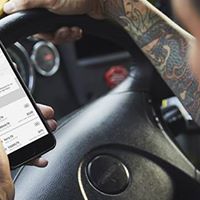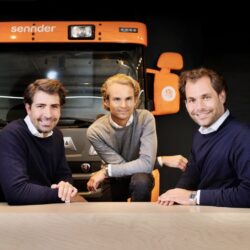Heineken is Uber Freight’s first customer in Europe

Following on from its US activities, Uber Freight has recently completed its very first shipment in Europe on behalf of beer brand Heineken. The two companies have been working together for a while in the USA, and have now decided to expand their partnership to include Europe too.
The Uber Freight platform matches carriers with customers (shippers) in order to maximize the efficiency of freight flows. Rather than shipping the freight itself, Uber sources a suitable supplier from the platform’s pool of carriers.
“Innovation is an important element across the entire Heineken business, and supply chain is no different. This first European load gives us the chance to experience Uber Freight in the context of the European market,” comments Maarten Koudenburg, Senior Director Supply Chain at Heineken in the Netherlands.
Dan Buczkowski, Head of Europe Expansion at Uber Freight: “We have learned a great deal from our collaboration with Heineken in the US and we’re excited to expand further and work together on solutions that can drive the freight industry forward.”
Interestingly, the first load for Heineken was shipped by a small, local carrier, said Buczkowski recently during the Deliver logistics conference in Lisbon. “The owner of the transport company accompanied the load himself to check that everything went well.”
Efficient and transparent freight market
The expansion to Europe fits with Uber Freight’s vision of creating an efficient and transparent freight market at an international level. The company has made no secret of its ambition to become a reliable partner for European carriers and shippers. Uber chose to start in the Netherlands because of the country’s leading position in logistics.
“One important benefit of Uber Freight is that the carrier simply receives a price per load and no longer has to bid,” says Buczkowski. “Moreover, we pay the carriers within seven days. And the app means that no paper-based proof of delivery is required. We want to keep driving digitalization.”









